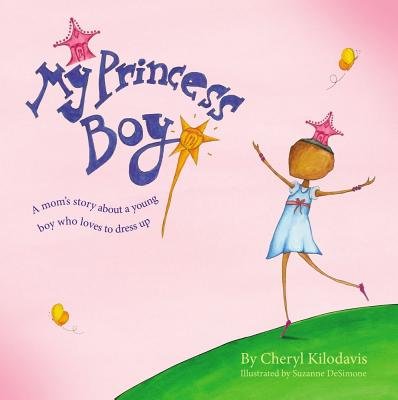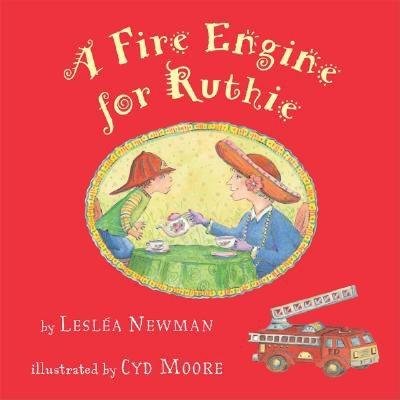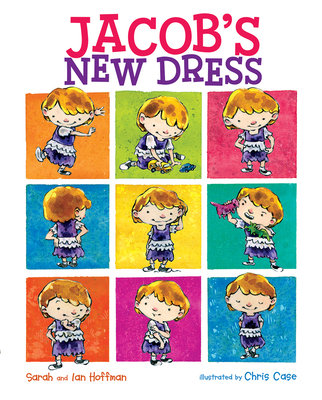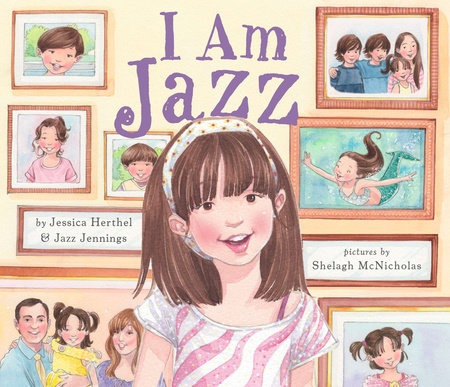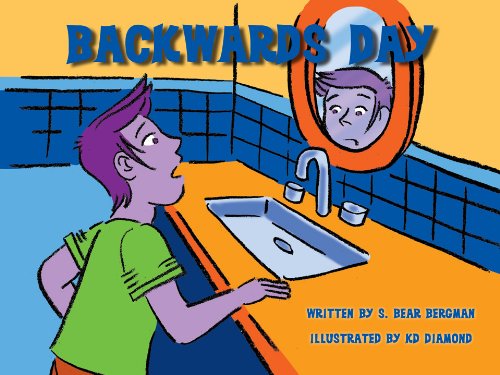7 Books That Teach Kids About the Fluidity of Gender and the Importance of Acceptance
by Lori Duron
Transgender and gender nonconforming people (think Caitlyn Jenner or Ruby Rose) are gaining more visibility as they find the courage to come out and live publicly as the most authentic versions of themselves. Around his third birthday, my son started showing signs of gender nonconformity — wearing a dress, growing his hair out and only playing with dolls while insisting he was boy and preferring masculine pronouns.
My husband and I have been committed to showing our son positive examples of differently gendered people in literature. We’ve read the following books countless times and always encourage an open dialogue about what it means to be a boy, a girl, a human. More importantly, we use these books to teach about love, acceptance, equality, empathy, and the beauty of diversity. Read these books to your child to help them better understand their gender identity and be a better friend to the boy who has long hair and wears a skirt or the girl with the short spiked hair who only wears pants.
-
It’s Okay to Be Different
This book cleverly delivers the important messages of acceptance, understanding, and confidence in bold, bright colors and silly scenes. It inspires kids to celebrate their individuality through acceptance of others and self-confidence. It lets kids know that it’s okay to be a different color, come from a different place, be proud of yourself, and have different kinds of friends. The last page contains a message that all kids should hear, believe, and feel: “It’s okay to be different. You are special and important just because of being who you are.”
-
My Princess Boy
Inspired by the author’s son, this book is about a loving, supportive family and their Princess Boy who likes pretty, pink, sparkly, girly things. Sometimes people laugh at and make fun of the Princess Boy and it hurts his feelings. Stressing acceptance, the book concludes by asking, “If you see a Princess Boy, will you laugh at him, call him a name, play with him, like him for who he is?” These are great questions to prompt a conversation about acceptance with young readers.
-
A Fire Engine for Ruthie
Ruthie’s Nana assumes that she will want to play with dolls, put on fashion shows, and paint flowers, but Ruthie wants to play with fire trucks, trains, and motorcycles. When Nana realizes that Ruthie doesn’t conform to traditional notions of what a girl should like, she buys a fire engine for Ruthie. Energetic illustrations capture the loving relationship between Ruthie and Nana in this insightful and sensitive story. Many of Newman’s children’s books touch on the LGBTQ experience in an age-appropriate way that simply conveys the importance of family, acceptance, love, and letting people be who they were created to be.
-
Jacob’s New Dress
Jacob loves wearing dresses and pretending he’s a princess at school, but a male classmate disapproves and says boys can’t wear dresses. Thank goodness for Emily, Jacob’s friend who always defends and supports him and demonstrates the power of an ally. This heartwarming story shows that there are all sorts of ways to be a boy and conveys the importance of support from friends and family. It also speaks to the unique challenges faced by boys who don't identify with traditional gender roles.
-
Roland Humphrey Is Wearing a WHAT?
Roland Humphrey is a little boy who likes to wear pink and fun accessories, but the girls at school have created lists of colors and things that only girls can like. The lists confuse Roland and make him sad because he only really likes the stuff that’s deemed “only for girls.” Roland wonders why girls can be tomboys and like both dolls and sports, but boys cannot. Written in verse, the book playfully raises important questions about gender norms, acceptance, and friendship.
-
I Am Jazz
Available from:From the time she was 2-years-old, Jazz knew that she had a girl's brain in a boy's body. She loved pink and dressing up as a mermaid and didn't feel like herself in boys' clothes. Though they were always loving, her family was confused — until they took her to a doctor who said that Jazz was transgender and that she was born that way. Jazz's story is based on her real-life experience and she tells it in a simple, clear way that will be appreciated by picture book readers, their parents, and teachers.
Also available from: -
Backwards Day
On planet Tenalp there are seventeen seasons, including one where bubblegum falls from the sky for three days and a single day when everything is backwards. Andrea looks forward to Backwards Day every year, so she can be a boy for the day. One year she doesn't turn into a boy on Backwards Day and is miserable. But, the very next day she turns into a boy — and stays that way! He's delighted, but his parents are not, and take him to the big city to consult with Backwardsologists who explain that Andy is transgender and had really been backwards every day. The bright illustrations are engaging, the story prompts conversation, and what kid wouldn’t want to learn about a planet where bubblegum falls from the sky?


